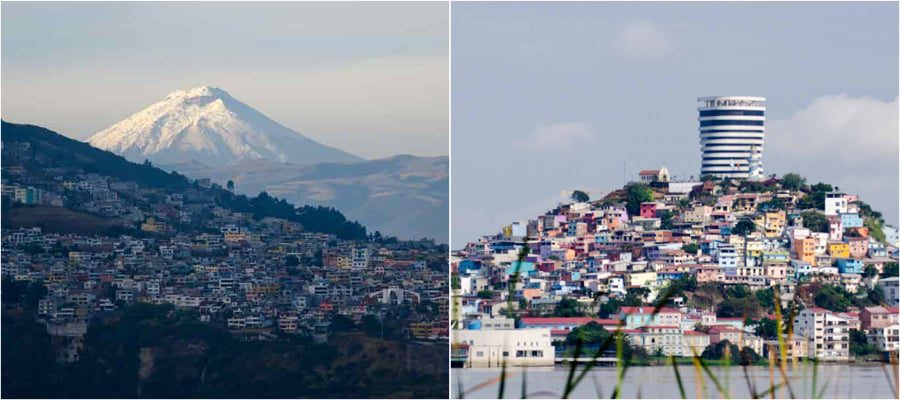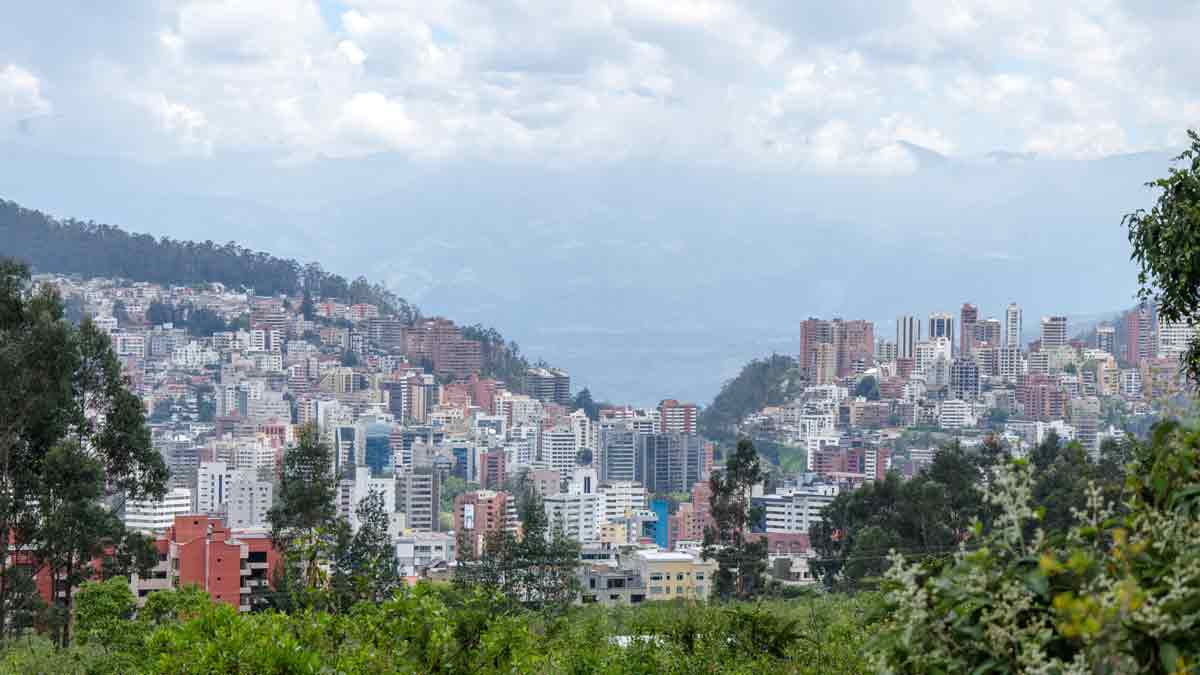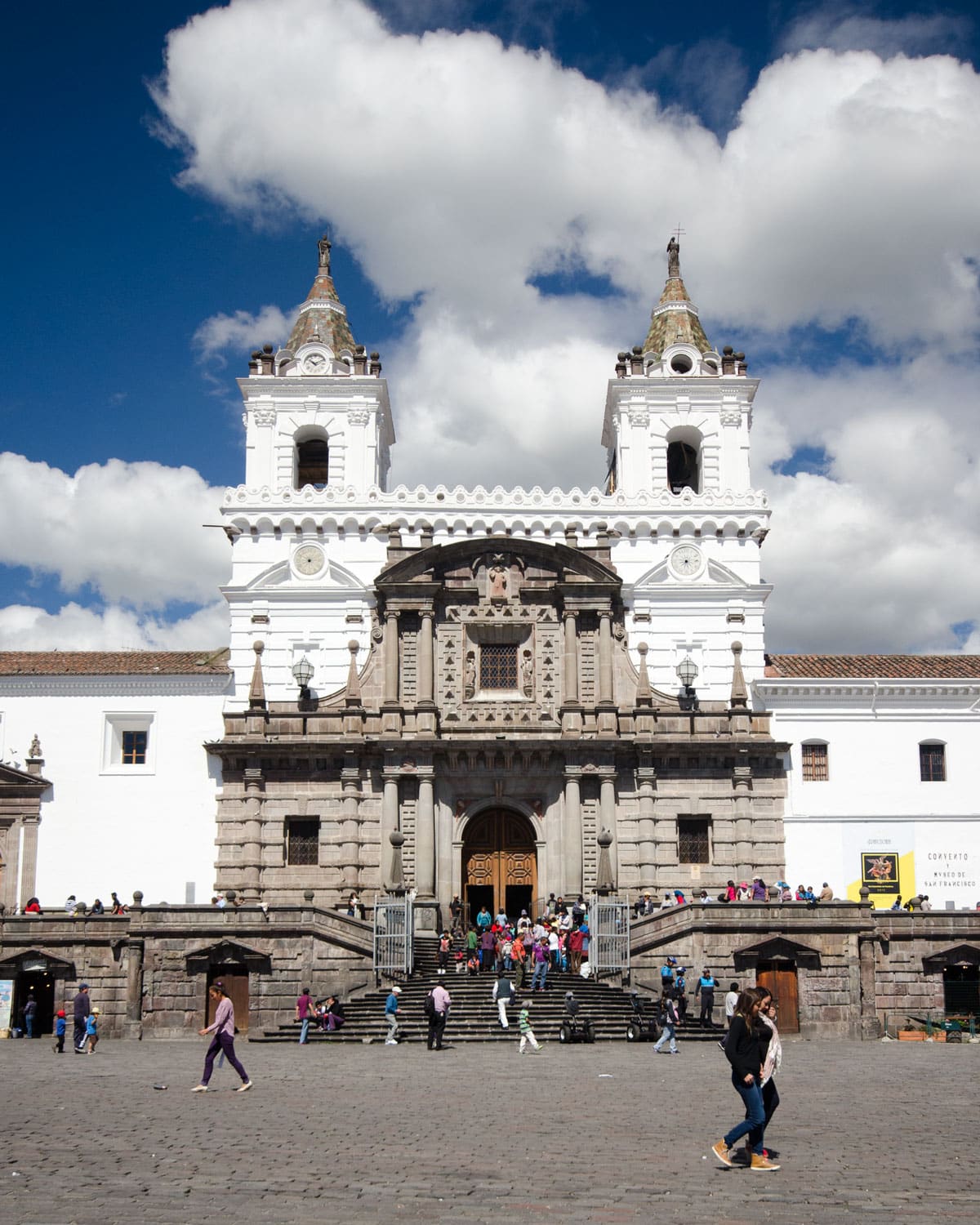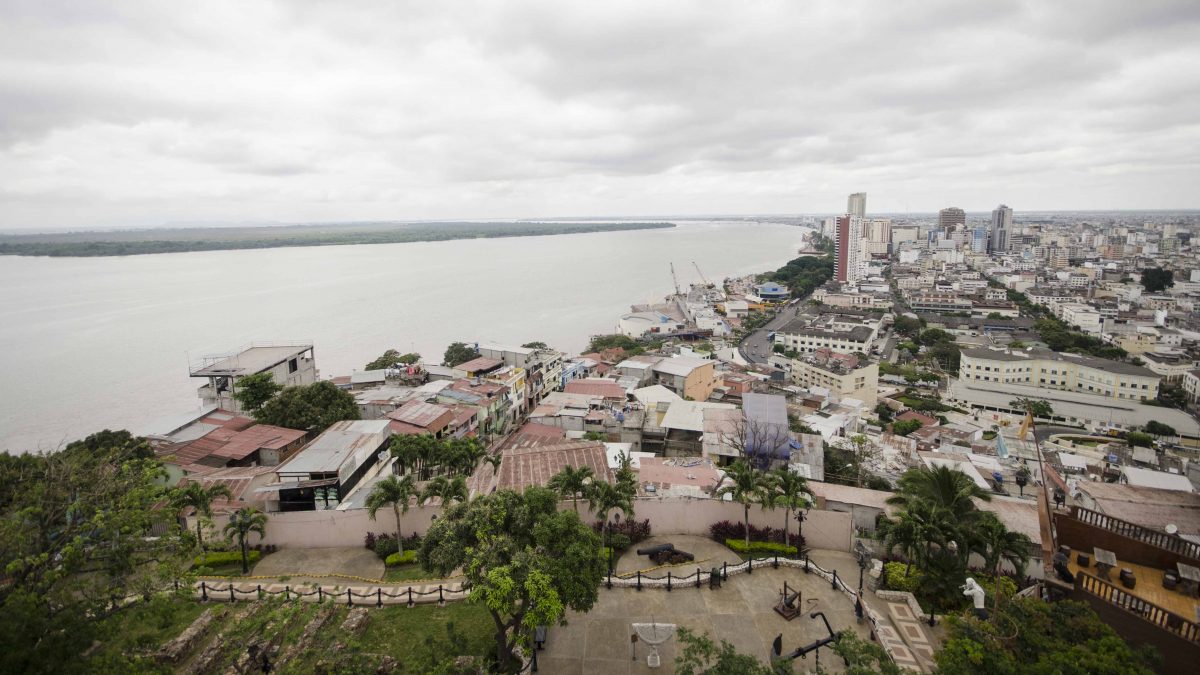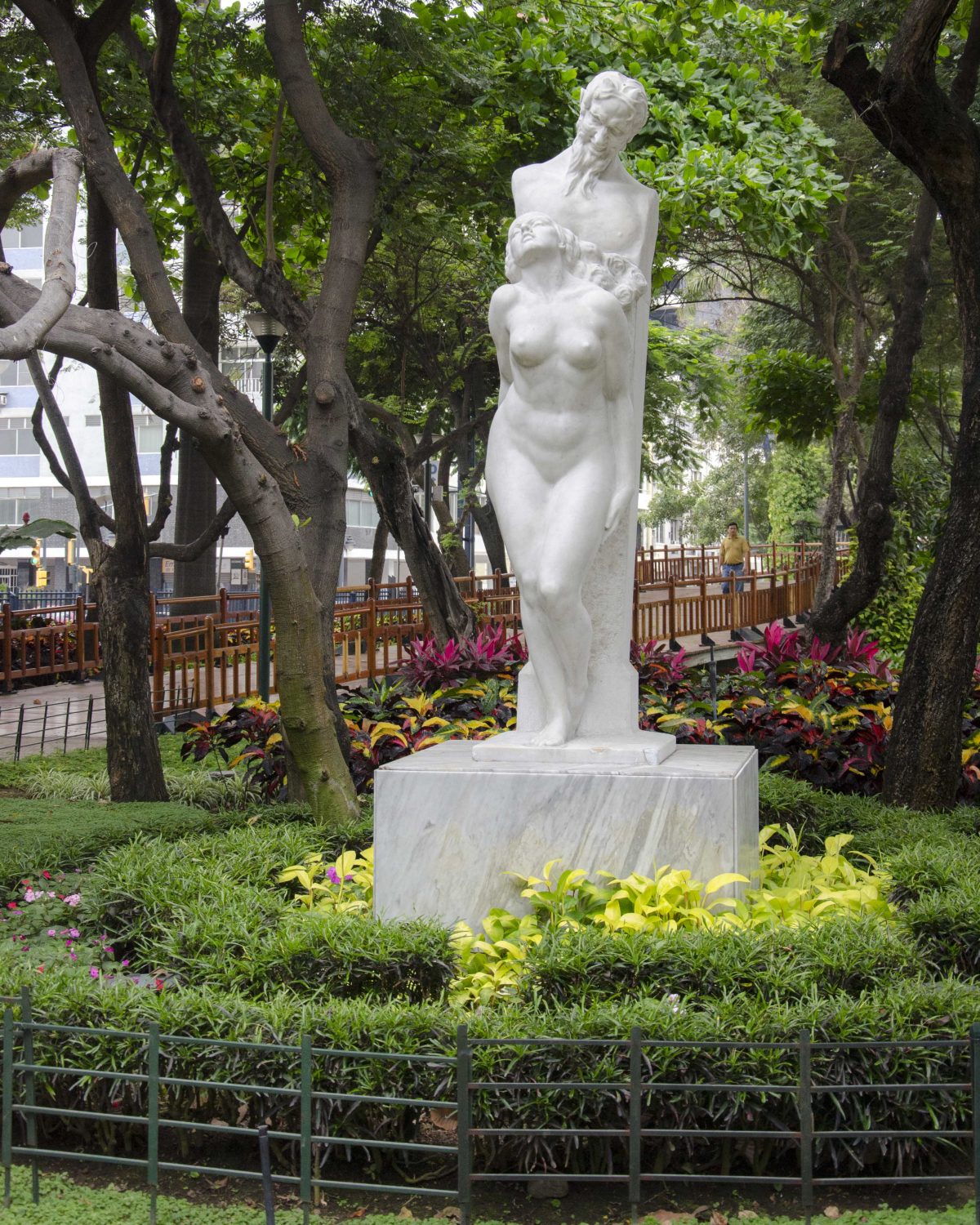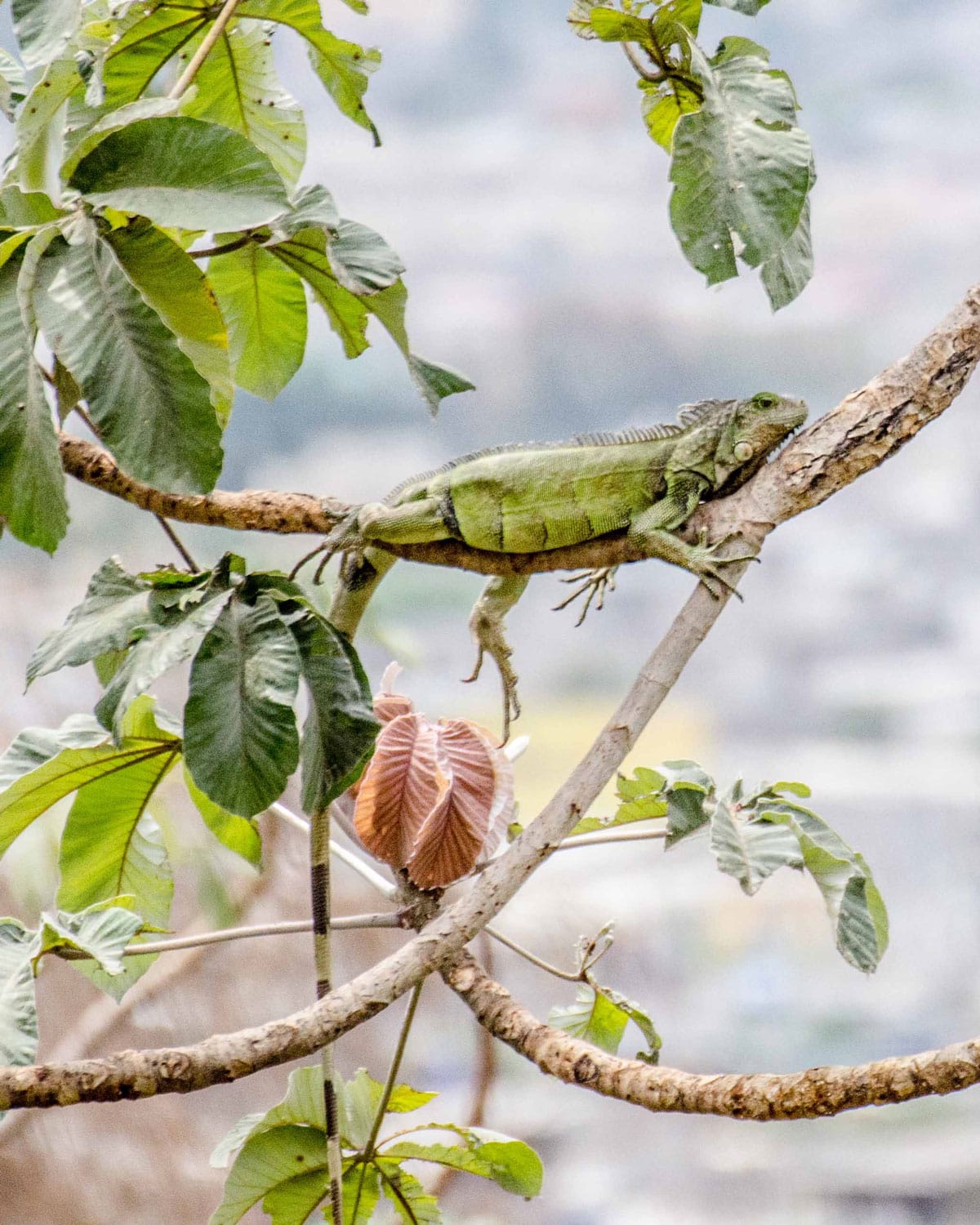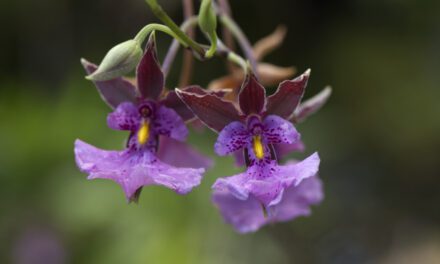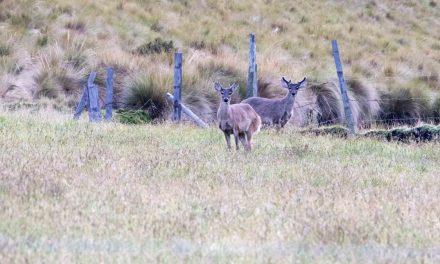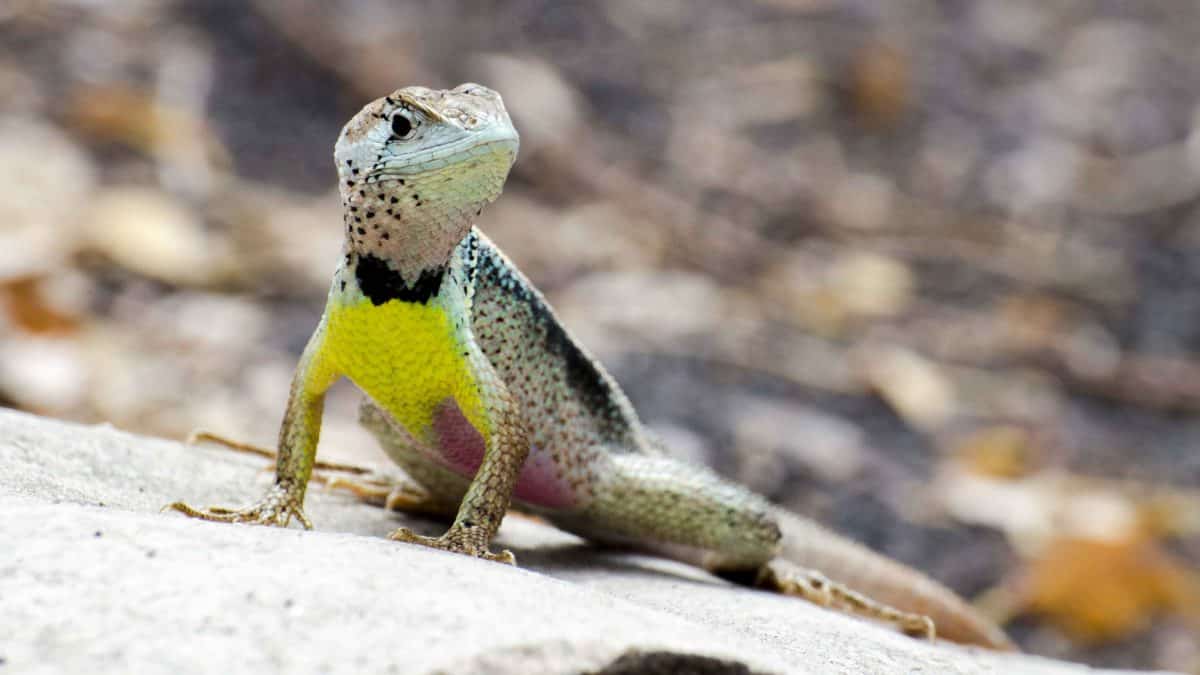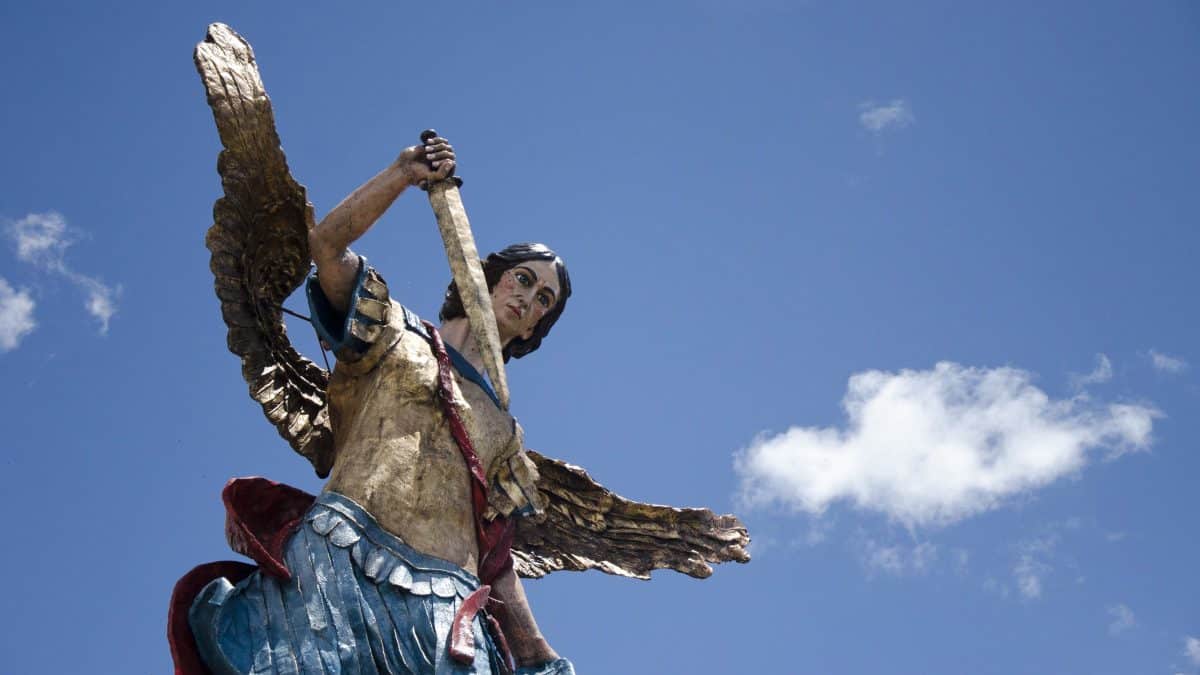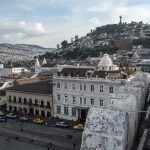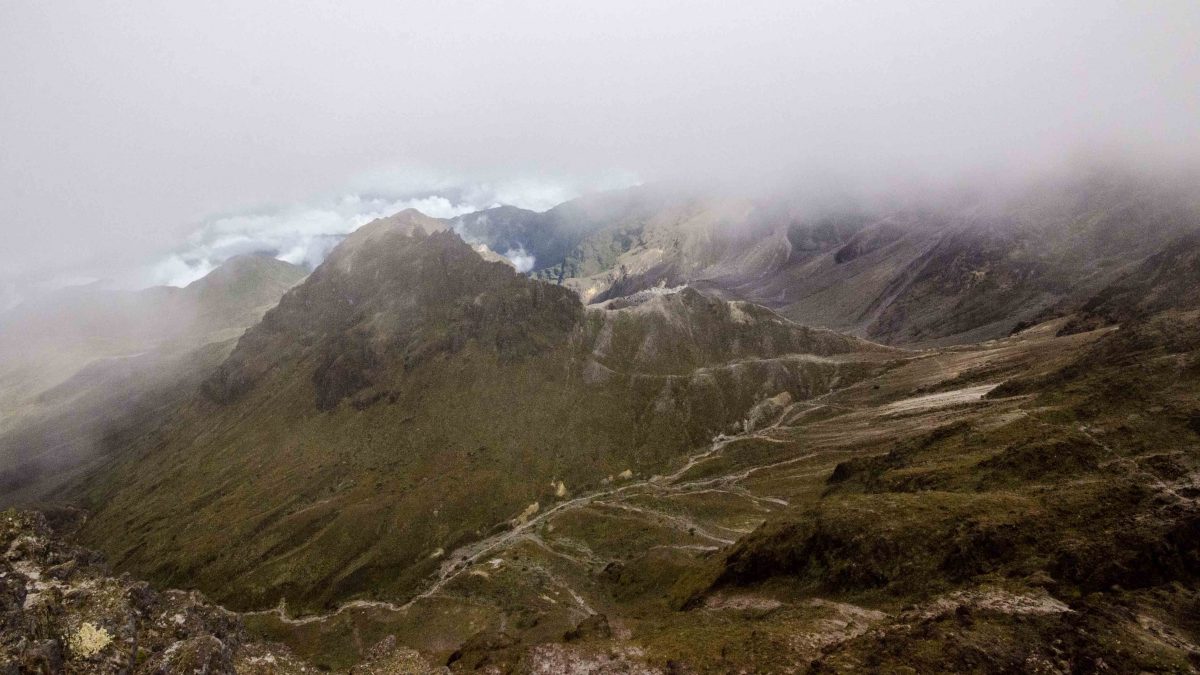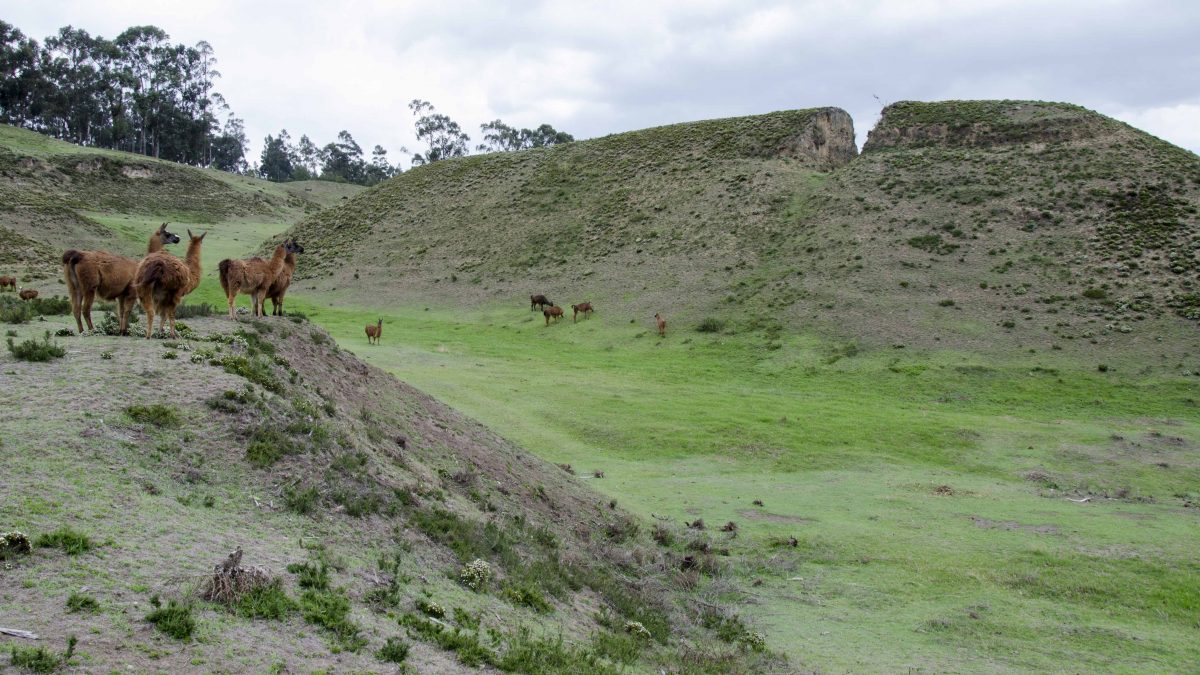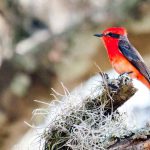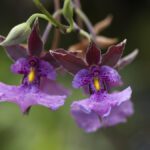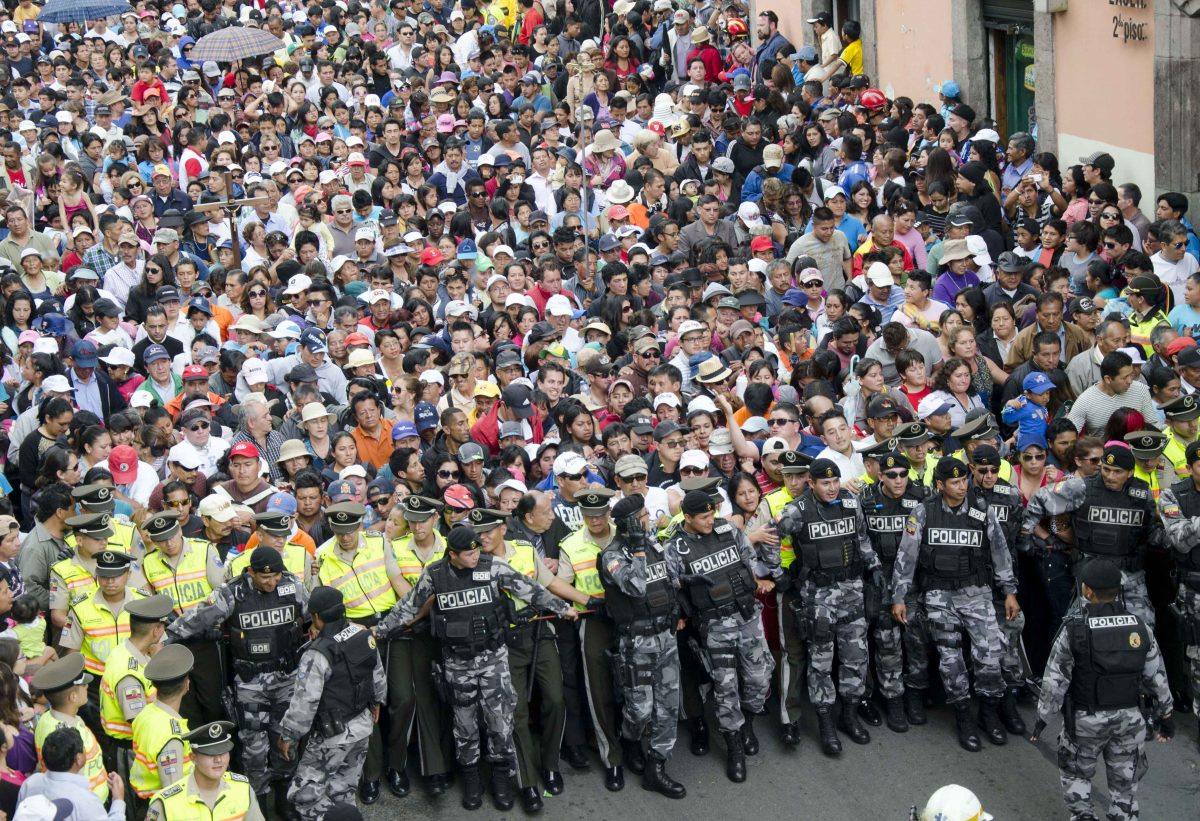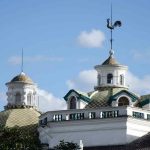Not sure? Take our short quiz to find out!
Quito: the 2nd Highest Capital City in the World
Quito, Ecuador lies high in the Andes at 9,350 feet (2850 meters) above sea level, making it the second highest official capital city in the world after La Paz, Bolivia. Very polite and somewhat formal, Quiteños are famous for being excellent hosts. The local dialect is easy to understand making this city one of the best in South America for learning how to speak Spanish.
While Quito has a modern business sector with mirrored skyscrapers and large shopping malls, most visitors head to the Spanish-colonial historic heart, a UNESCO World Heritage site. There, the cobblestoned streets, white-washed churches, and colorfully painted historic homes and businesses blend to create a beautifully preserved example of early European presence in South America.
Despite few signs of Ecuadorian indigenous roots, this glorious city was founded on the burned remains of an Incan city. Today’s local culture blends many ancient Andean traditions with more Catholic-European practices. The narrow streets are alive with vendors selling everything from Dragon’s Blood to candied nuts and other sweet treats beloved by adults and children. Sunday afternoons make one of the best times to stroll through large plazas full of families enjoying a pretty day, wander city streets closed to traffic, and meet local artisans selling their wares along one of the best-preserved streets in Quito, Garcia Moreno. It’s even possible to escape the hustle and bustle of the active historic center by wandering many of the side streets leading into lesser-known but beautiful local neighborhoods like San Marcos.
Read more about Quito in our article: Gateway to Ecuador: Quito.
Guayaquil: The Business Mecca of Ecuador
Guayaquil is first and foremost a center for international business. Founded along the Rio Guayas, this port city has a long hosted import and export businesses. It attracts bankers, lawyers, politicians, and other movers and shakers in the South American business world. In recent decades, the city has heavily invested in tourism, building a stunningly successful boardwalk, the Malecon 2000. Guayaquileños flock to this riverside destination most evenings to catch a whiff of a cool breeze after a hot and humid day. Museums, parks, and city plazas dot the landscape of this far-reaching city.
While not well-known for outdoor destinations, Guayaquil is situated to visit both mangrove forests and dry coastal forests, each endangered by encroaching development along the Pacific Coast. The gorgeous sandy beaches of Guayas and Santa Elena are a short day trip away. The sea level location makes this city a perfect starting point for those who fear the higher altitudes waiting in the Sierras.
Read more about Guayaquil in our article Gateway to Ecuador: Guayaquil.
Quito or Guayaquil?
Let’s find out which city fits your personality best!
Because we love Interact so much, we now earn commissions on sales made through this link.
If you think a Quiz Program is right for your blog, feel free to reach out and ask us why it works for us.

